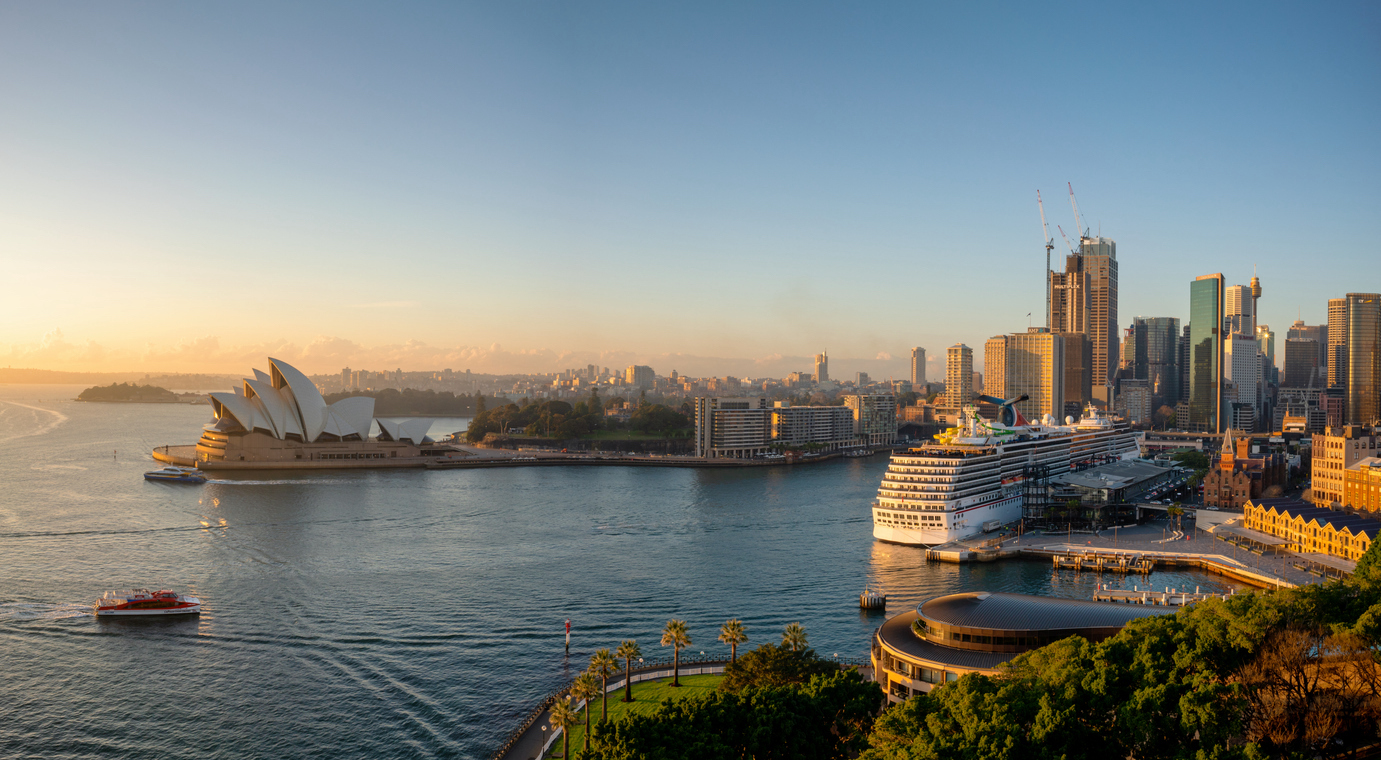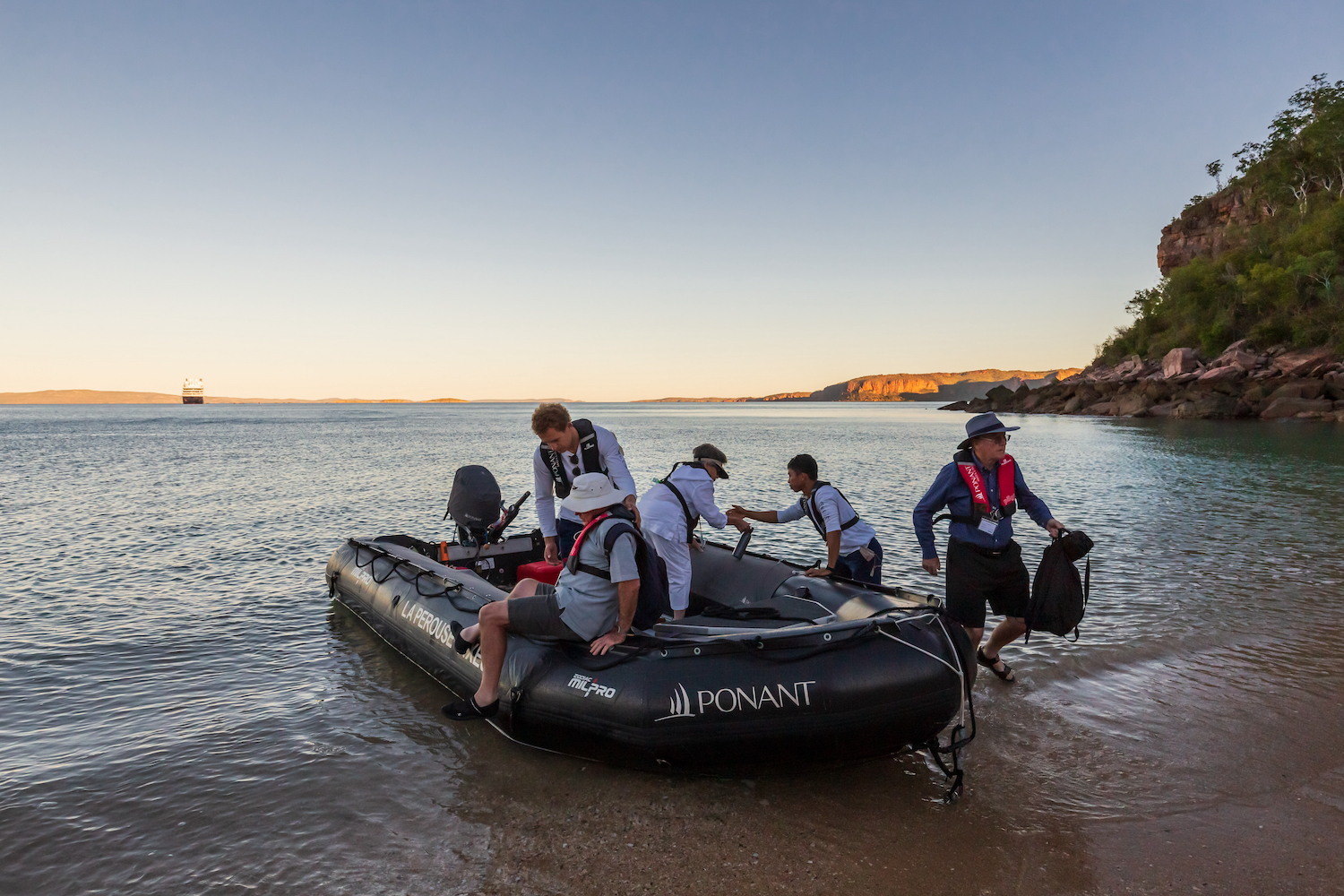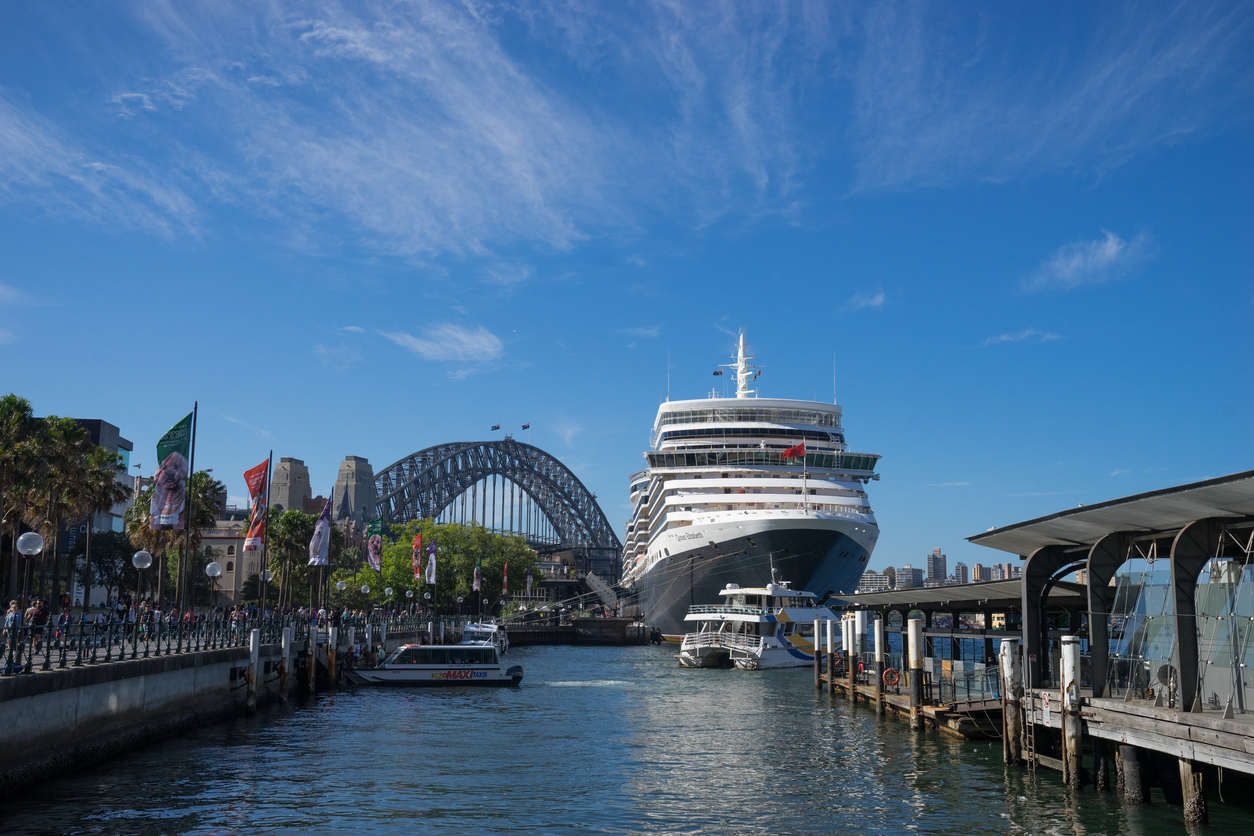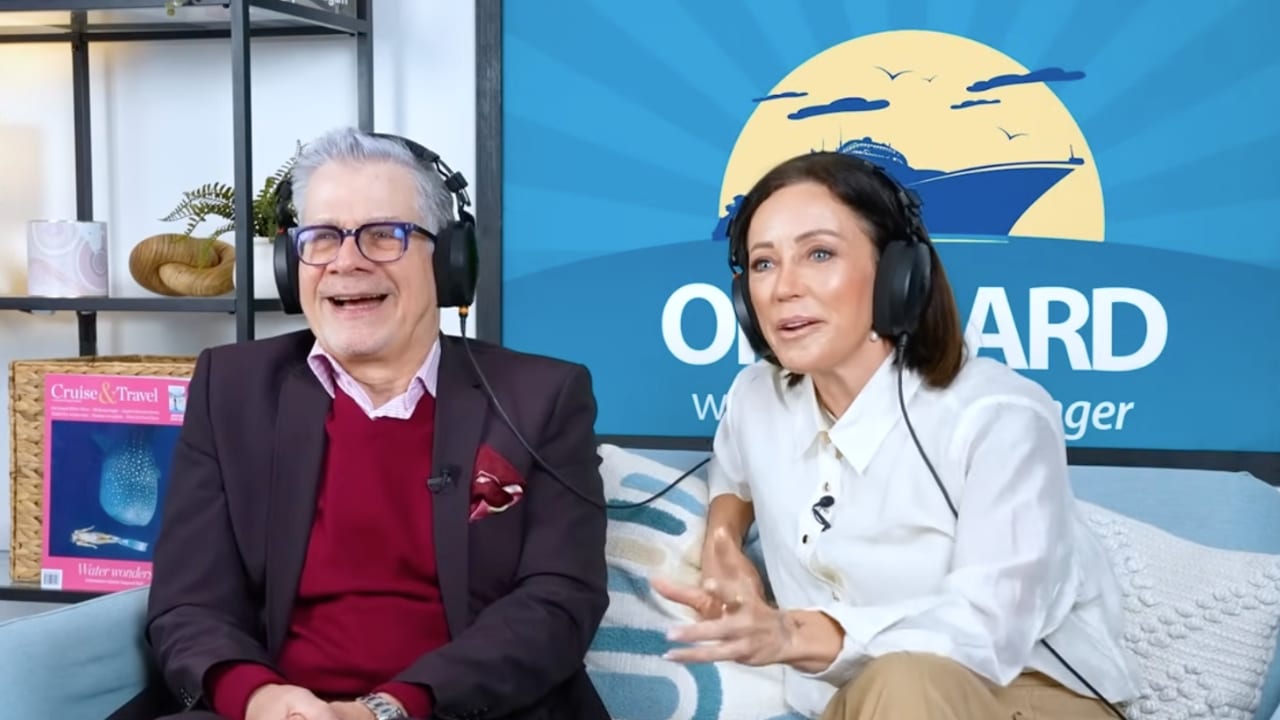Europe will see a flotilla of ships set sail next month from Britain and around the Med. Asia has been sailing since November. Even America is planning a July restart after health authorities approved new vaccine regulations.
But Australia’s cruise executives and the Federal Government are still struggling to find a formula which will allow the safe start of cruise in a country with the highest penetration of cruise fans anywhere in the world, and an extremely low rate of infection.
As the ban on international vessels enters its 15th month tomorrow, the Kimberley cruise season remains under threat, with APT cancelling its May sailings on the Caledonian Sky despite cutting crew and passenger numbers to just 99 in a bid to placate the Northern Territory and Western Australia’s state governments. The line has sold just about all its cabins for the season, which traditionally runs until September.
Ponant, the French luxury expedition line which sails small adventure ships, has also had to cancel four journeys on Le Laperouse which has been based in COVID-free Noumea since March last year. The line’s Asia Pacific chair Sarina Bratton described it has “extremely disappointing” – the more so since there was a tidal wave of support from loyal Ponant fans who had virtually booked out the ship’s itineraries.
“We have been working with departments of transport, health and others on a draft framework for a staged resumption of cruise. The intention of this document is to provide the states and territories with guidance and autonomy for them to resume cruise activity at a level that they are comfortable with,” says Ms Bratton.
- Border closures forces lines to operate in Australia. But does this mean vessels will have to sail into international waters and then back intol Australian waters to comply with existing customs guidelines, or would the ship be deemed “imported” and incur expensive financial penalties. This would need special COVID exemption or consideration.
- Then there is the issue of the crews’ maritime visas. It limits their time in ports. But if they were based in Australian waters for long periods, the visas would be invalid, meaning there would be a need to change.
- As if that wasn’t enough, there was the thorny question of GST – while the ships mostly sail in international waters, it is not a problem. But based in Australian ports and sailing local waters, fuel excise and GST could be imposed on everything – meaning cruise fare structures would need to change.
Crew quarantine is still a major stumbling block. And now that Australian repatriation of citizens stranded overseas is such a hot political potato, beds in quarantine stations and hotels cannot be used for foreign crews for fear the government will be criticised for putting the cruise industry in front of families stranded overseas.
An alternative suggested by Ponant is that crews are tested before they fly to the ship’s port of embarkation, tested again before boarding, isolated on the ship for 14 days, then spend up to 14 days at sea, then spend another 14 days in self isolation riding an anchor at an Australian port under the surveillance of local officials.
They would be tested regularly throughout a process that has now taken 42 days without any outside human contact. In Ponant’s case, since the ship is based in Noumea, that would mean avoiding the Torres Strait, which insists that ships take on a pilot.
New Zealand accepted this plan when agreeing to allow Ponant to sail out of Auckland – an attempt at resumption which was ultimately scuttled when the NZ Immigration Minister made an 11th hour demand that more New Zealanders be hired as crew.
Australia has yet to accept this concept.

Even the Aboriginal communities of the Kimberley were angry enough to write to Canberra imploring the Government to restart the season. They stand to lose $1 million in fees.
“A lot of work has been done,” says Ms Bratton. “It’s complex – and what might work for Ponant might not work for other companies. Right now, it’s a stalemate.”
And she adds that what frustrates her most is that so many loyal cruisers booked their Kimberley holiday long ago – and now some stand to be disappointed.
“That’s what annoys me so much. It’s all very disappointing,” she says.
Cruise Passenger asked the Federal Government’s Health Department for its take on progress. Here is what its media department told us:
“The Australian Government has put in place strong Biosecurity protections to keep Australians safe. The human biosecurity emergency period under the Biosecurity Act 2015, which has been in place since 17 March 2020 was extended earlier this year by an additional three months until 17 June 2021.
“Under law these periods may last for up to 3 months. Further extensions are reviewed approximately 4 weeks prior to the completion of each period to ensure that the decision making process is based on the latest epidemiology and expert medical advice. That review is done on the basis of advice from the AHPPC and the Australian Chief Medical Officer Professor Paul Kelly.
“The human biosecurity emergency declaration ensures the Government has the powers to take any necessary measures to prevent and control COVID-19 and protect the health of all Australians. These powers have been used on a limited basis on expert medical advice since the early stages of the COVID-19 pandemic.
“The Government continues to work with the cruising industry to explore options for the resumption of low risk day and overnight domestic cruising in a COVID-safe manner.
“However large overnight cruise vessels are still considered high risk environments and therefore the Government could only support the resumption of large scale and overnight and international cruising in Australian waters when the health advice indicated that it was safe to do so.”











Best article I have read about cruising in Australia. It is great to know that they are meeting every 2 weeks.
This whole situation is a crock. These members of this Government board are so risk averse it stupid. The other thing which is annoying is that these un-elected bureaucrats who have little to no ‘skin in the game’ in relation to losing income etc are able to exercise such power. Its about time the politicians made the decisions.
Are their any East coast Australian cruises happening?